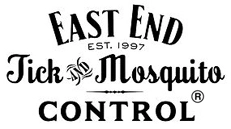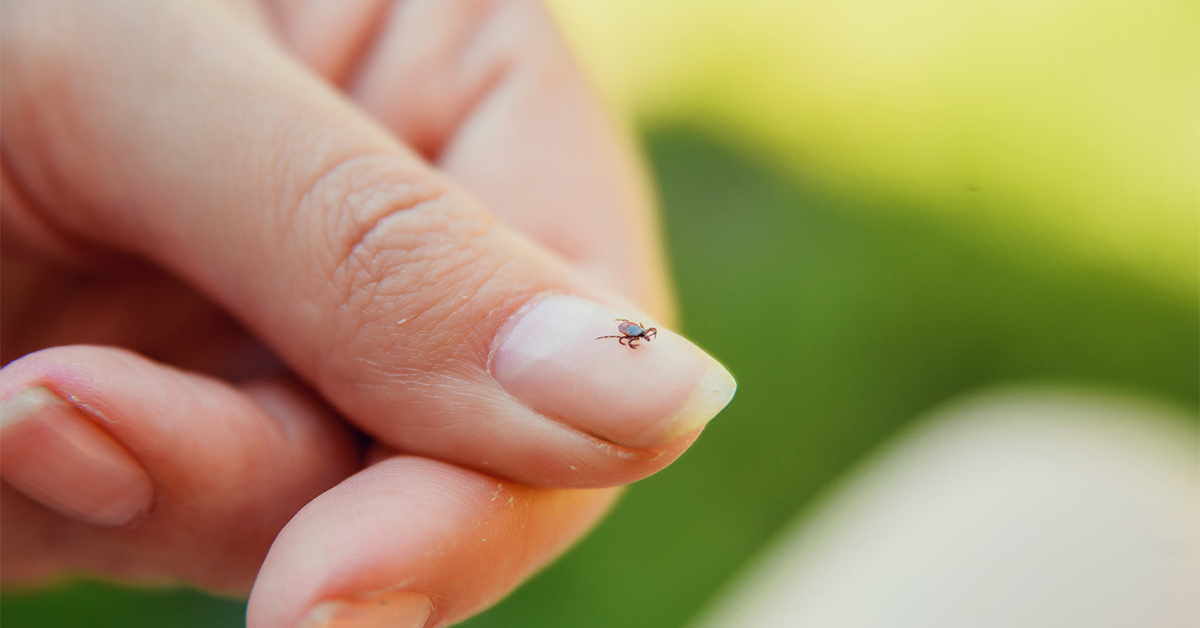The dangers of tick bites are well known to East End residents. If a tick bites you, you’re wise to be concerned about contracting a tick-borne illness. But does it matter what kind of tick has bitten you? A tick is a tick, and they’re all bad, right? Actually, no. While most ticks carry pathogens, different types of ticks cause various illnesses, and some are far more dangerous to humans than others. It’s important to know what kind of tick has bitten you so you can understand what health consequences you may experience and what symptoms to look for.
What Kind Of Ticks Are In NY?
Blacklegged (deer) ticks, lone star ticks, and American dog (wood) ticks are among the most commonly found on Long Island. Invasive Asian long-horned and Gulf Coast ticks have also been spotted here. Each species has distinguishing marks and carries a specific set of pathogens.
How Do I Know What Kind Of Tick I Have?
At first glance, all ticks might look alike, but subtle differences in size, color, and markings can help you identify the various species found on Long Island. All adult ticks are oval-shaped and have eight legs; most have six in their larval stage.
Here is a list of Long Island’s ticks and some of their distinguishing characteristics:
- Black-legged ticks have a slight orangish tint and darker-colored legs. They are 3-5mm long and 10mm long when engorged.
- Lone star ticks are tannish-red, and females have white dots on their dorsal shields. The females turn gray when they are engorged after a blood meal. They are relatively small, averaging only 1.5-2.5mm long.
- American dog ticks are brown, with whitish-gray markings. They are a larger species, measuring from 5-15mm, depending on whether or not they have had a blood meal.
- Asian long-horned ticks are still relatively rare in this part of the state, but they have been spotted on Long Island. Like lone star ticks, they are reddish brown, turning gray when engorged. Approximately 3-4mm long as unfed adults, they are distinguished by a pair of hornlike mouth-spurs that give the species its name.
- Gulf Coast ticks are shiny and vary in color, from reddish-brown to bluish-gray. Females have silvery-white marks near their heads, including three lateral stripes. They average between 3-7mm long and can grow to twice that size when engorged.
To aid in identifying the most common Long Island ticks at each of their life stages, view our tick identification pages.
Which Ticks Carry Lyme Disease?
New York State’s ticks carry many dangerous diseases, including Lyme disease, anaplasmosis, and babesiosis.
- Lyme disease, whose symptoms include a distinctive bullseye rash and flu-like symptoms, is carried by over half the ticks on Long Island, primarily black-legged ticks. Lyme disease can be debilitating, with long-term health consequences, so any bite from a black-legged tick should be considered a possible Lyme exposure. These ticks also carry babesiosis, a potentially fatal blood infection, and ehrlichiosis, a flu-like illness.
- Lone star ticks carry ehrlichiosis, Rocky Mountain spotted fever, and alpha-gal syndrome, which causes an allergic reaction to meat.
American dog ticks are carriers of Rocky Mountain spotted fever and tularemia, an infection that can be fatal to both animals and people. - Gulf Coast ticks spread a form of spotted fever called rickettsia parkeri rickettsiosis.
- Asian long-horned ticks threaten livestock as they present a vector of bovine theileriosis and babesiosis infection. Research on their threat to pets and humans in the U.S. is still evolving.
East End Tick & Mosquito Control® Is Your Tick Expert
No one wants to worry about any ticks on their property. Protect yourself, your family, and your pets from these disease-carrying pests by requesting a free estimate, or call our Southampton office at (631) 287-9700, our East Hampton office at (631) 324-9700, or our Southold office at (631) 765-9700.


